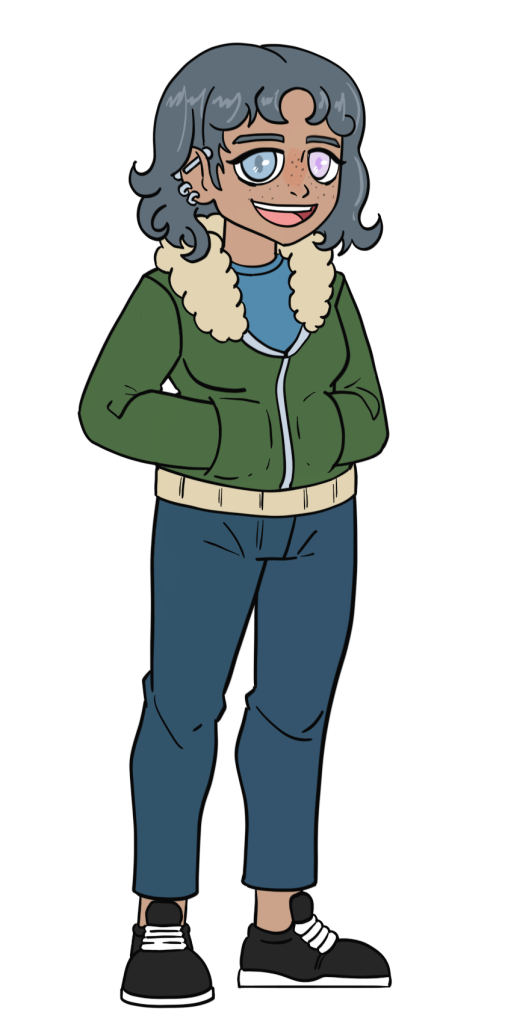
The game Abuse is a run n gun 2d platformer published by EA for MS-DOS. The game featured the character Nick Vrenna fighting through hordes of monsters who are former inmates of a prison he was wrongfully sent to. Some expirment goes haywire that turned everyone into monsters except Nick who is immune now he’s trying to stop the local water supply from being infected in the same manner.
Abuse was developed by Crackdotcom, who in 1997 released the game into the public domain along with releasing the source code. The only thing not public domain was the sound effect as they did not own those.
Crackdotcom would go out of business around the same time and likely what prompted the release of Abuse into the public domain.They had another project that was cancelled around the same time which most likely contributed.
It’s got a cult following despite having that 90s edginess to it and obviously involving abuse as like its central focus albeit it doesnt really go much further than the lab experiments from what i gather.
Notes
- The sound effects are not public domain as those were not owned by Crackdotcom.
- The original creators do retain a trademark for “Abuse” for video games and was why the game Alien Abuse on iOS caused a release of Abuse Classic by the owner of the trademark to force it to get taken down.
Links
- Wikipedia
- Page about Abuse being public domain (via the Wayback Machine)
- Modern sourceport on Github






